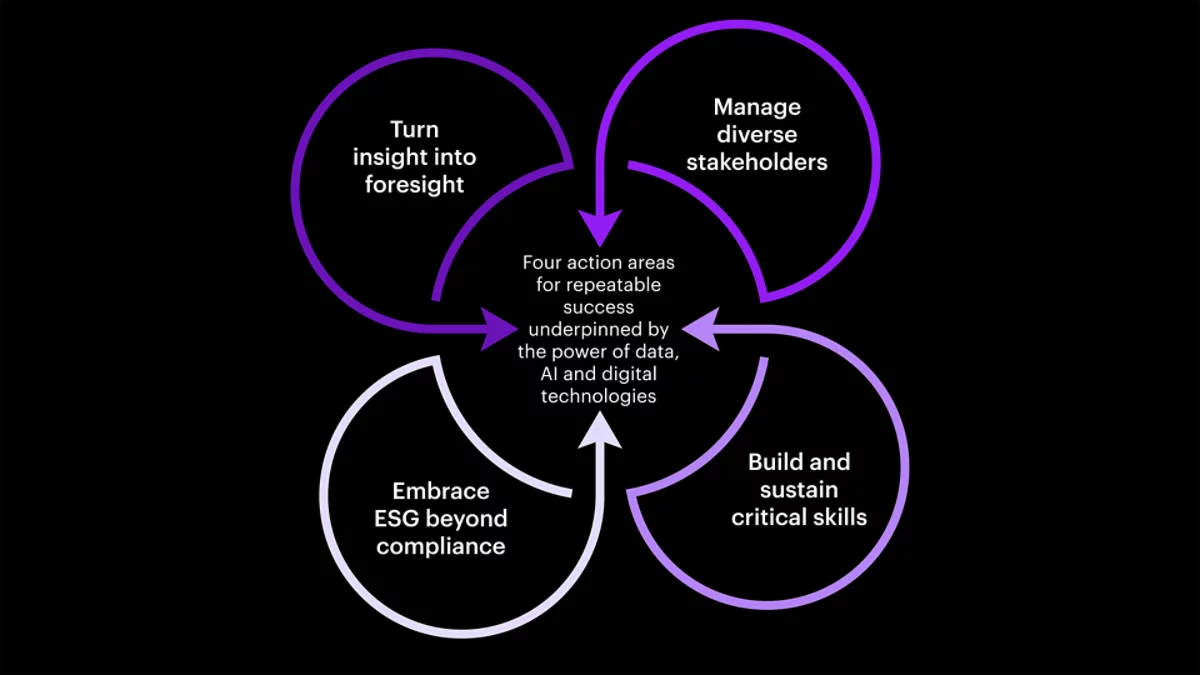Infrastructure and capital projects are the backbone of long-term business transformation, yet nearly all fail to deliver expected results. According to recent insights, a staggering 92% of major capital initiatives run over budget or behind schedule. In contrast, only a small fraction of organizations—about 6%—consistently exceed expectations, not only meeting deadlines but also optimizing investments by saving up to 14% on average project costs.
These leading organizations are navigating a storm of disruption: talent shortages, regulatory volatility, rising costs, and pressure to meet sustainability benchmarks. As global infrastructure spending surges beyond $9 trillion by the end of 2025, it has become imperative to understand what distinguishes top performers—and replicate it at scale.

The Divide Between Leaders and Laggards
Trinet Technologies’ research divides companies into three key categories based on capital project performance:
- Top Performers (6%) deliver outcomes on or ahead of time and budget. These firms proactively reduce waste, improve foresight, and adapt faster than others.
- Moderate Performers (28%) generally meet goals within a 10% margin, often struggling with efficiency or change management.
- Struggling Performers (66%) regularly exceed cost and time estimates by more than 10%, leading to disrupted supply chains and missed growth opportunities.
This data makes one thing clear: transformation is no longer optional—it’s essential.

The Four Strategic Anchors Driving Consistent Project Success
Top-performing organizations embrace a forward-looking model rooted in four interconnected disciplines:
- They harness advanced analytics, real-time dashboards, and predictive modeling to anticipate risks before they escalate, enabling better planning and faster decision-making.
- From government regulators to community partners and supply chain vendors, managing a diverse set of interests requires transparency, agility, and trust-building.
- Environmental, social, and governance principles are not viewed as checkboxes but as business-critical levers for attracting investment, reducing risk, and enhancing brand equity.
- These organizations are aggressively filling skill gaps through a mix of targeted hiring, digital training tools, and AI-assisted workforce development strategies to stay ahead of demand.
“At Trinet Technologies, we believe that high-impact infrastructure is not just about concrete and code—it’s about clarity, collaboration, and capability."
Reinventing the Future of Capital Project Delivery
With two-thirds of organizations still falling short, the time to act is now. Reinvention begins by learning from the best—by adopting governance models that prioritize business value, using data to drive every decision, and building resilient project ecosystems that adapt and evolve in real time.
Digital technologies, automation, and sustainability are no longer optional add-ons—they’re central to every stage of execution. And at the heart of it all lies talent: the critical differentiator that determines whether plans stay on paper or get realized at scale.





